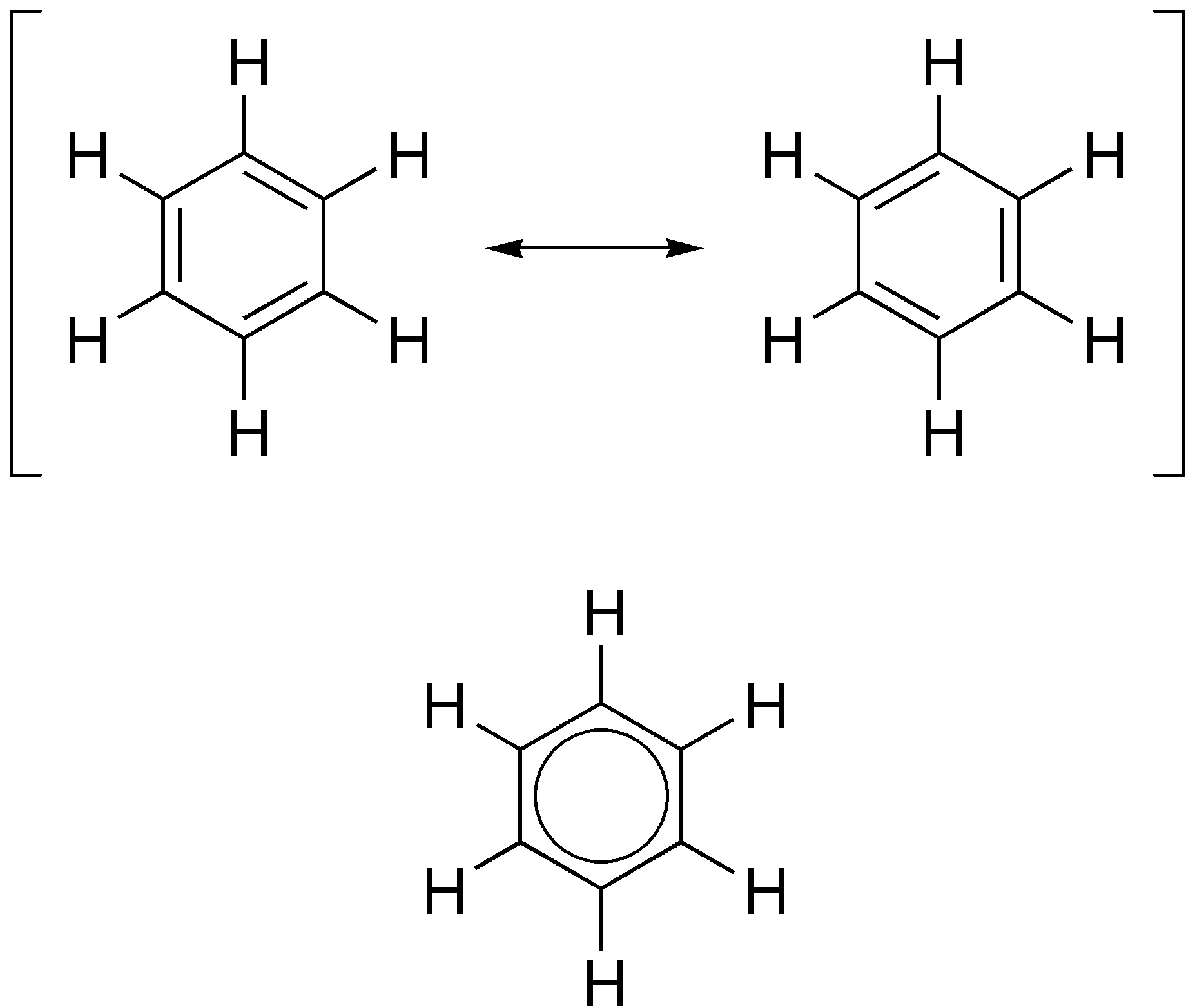|
Benzodiazine
Diazanaphthalenes are a class of aromatic heterocyclic chemical compounds that have the formula C8H6N2. They consist of a naphthalene double ring in which two of the carbon atoms have been replaced with nitrogen atoms. There are ten positional isomers, which differ by the locations of the nitrogen atoms. The group consist of two subgroups: *four ''benzodiazines'' with both N atoms in one ring: cinnoline, quinazoline, quinoxaline, and phthalazine Phthalazine, also called benzo-orthodiazine or benzopyridazine, is a heterocyclic organic compound with the molecular formula C8H6N2. It is isomeric with other naphthyridines including quinoxaline, cinnoline and quinazoline. Synthesis Phthalazine ... *six ''naphthyridines'' with one N atom in each ring Isomers References {{reflist ... [...More Info...] [...Related Items...] OR: [Wikipedia] [Google] [Baidu] |
Heterocyclic Compound
A heterocyclic compound or ring structure is a cyclic compound that has atoms of at least two different elements as members of its ring(s). Heterocyclic organic chemistry is the branch of organic chemistry dealing with the synthesis, properties, and applications of organic heterocycles. Examples of heterocyclic compounds include all of the nucleic acids, the majority of drugs, most biomass (cellulose and related materials), and many natural and synthetic dyes. More than half of known compounds are heterocycles. 59% of US FDA-approved drugs contain nitrogen heterocycles. Classification The study of organic heterocyclic chemistry focuses especially on organic unsaturated derivatives, and the preponderance of work and applications involves unstrained organic 5- and 6-membered rings. Included are pyridine, thiophene, pyrrole, and furan. Another large class of organic heterocycles refers to those fused to benzene rings. For example, the fused benzene derivatives of py ... [...More Info...] [...Related Items...] OR: [Wikipedia] [Google] [Baidu] |
Quinazoline
Quinazoline is an organic compound with the formula C8H6N2. It is an aromatic heterocycle with a bicyclic structure consisting of two fused six-membered aromatic rings, a benzene ring and a pyrimidine ring. It is a light yellow crystalline solid that is soluble in water. Also known as 1,3-diazanaphthalene, quinazoline received its name from being an aza derivative of quinoline. Though the parent quinazoline molecule is rarely mentioned by itself in technical literature, substituted derivatives have been synthesized for medicinal purposes such as antimalarial and anticancer agents. Quinazoline is a planar molecule. It is isomeric with the other diazanaphthalenes of the benzodiazine subgroup: cinnoline, quinoxaline, and phthalazine. Over 200 biologically active quinazoline and quinoline alkaloids are identified. Synthesis : The synthesis of quinazoline was first reported in 1895 by August Bischler and Lang through the decarboxylation of the 2-carboxy derivative (quina ... [...More Info...] [...Related Items...] OR: [Wikipedia] [Google] [Baidu] |
Aromaticity
In organic chemistry, aromaticity is a chemical property describing the way in which a conjugated ring of unsaturated bonds, lone pairs, or empty orbitals exhibits a stabilization stronger than would be expected from conjugation alone. The earliest use of the term was in an article by August Wilhelm Hofmann in 1855. There is no general relationship between aromaticity as a chemical property and the olfactory properties of such compounds. Aromaticity can also be considered a manifestation of cyclic delocalization and of resonance. This is usually considered to be because electrons are free to cycle around circular arrangements of atoms that are alternately single- and double- bonded to one another. This commonly seen model of aromatic rings, namely the idea that benzene was formed from a six-membered carbon ring with alternating single and double bonds (cyclohexatriene), was developed by Kekulé (see History section below). Each bond may be seen as a hybrid of a single bo ... [...More Info...] [...Related Items...] OR: [Wikipedia] [Google] [Baidu] |
1,8-naphthyridine
1,8-Naphthyridine is an organic compound with the formula C8H6N2. It is the most well-studied of the six isomeric naphthyridines, a subset of diazanaphthalenes with nitrogen in the separate rings. Enoxacin, nalidixic acid, and trovafloxacin are 1,8-naphthyridine derivatives with antibacterial properties related to the fluoroquinolones. Coordination chemistry With flanking nitrogen centers, 1,8-naphthyridine serves as a binucleating ligand in coordination chemistry. References {{DEFAULTSORT:Naphthyridine, 1,8- Naphthyridines ... [...More Info...] [...Related Items...] OR: [Wikipedia] [Google] [Baidu] |


